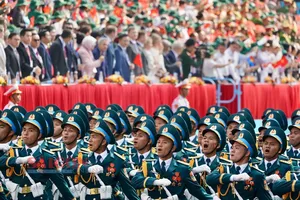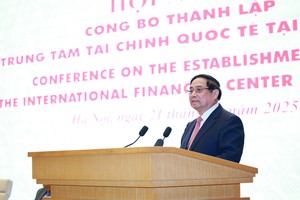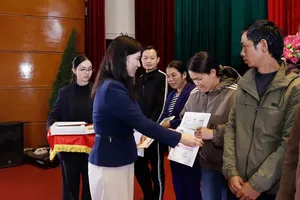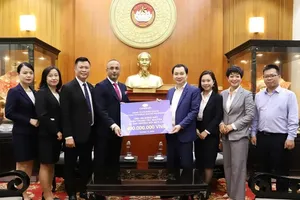Public figures, doctors, and even monks are being impersonated by AI-generated content to promote and sell products on social media without their knowledge. While the real individuals remain unaware, unsuspecting consumers are left misled and disillusioned.
Hijacked faces for fake ads
“You don’t need to worry about the condition of your knees. Just try our method—we guarantee significant improvement within seven days. If it doesn’t work, I’ll personally compensate you VND1 billion as a sincere apology. That’s our 100 percent money-back guarantee—and I’ll still pay the VND1 billion. Not everyone dares to make such a promise.”
This bold claim, allegedly made by a well-known female singer promoting a pain-relief massage cream, was in fact entirely fabricated by AI.
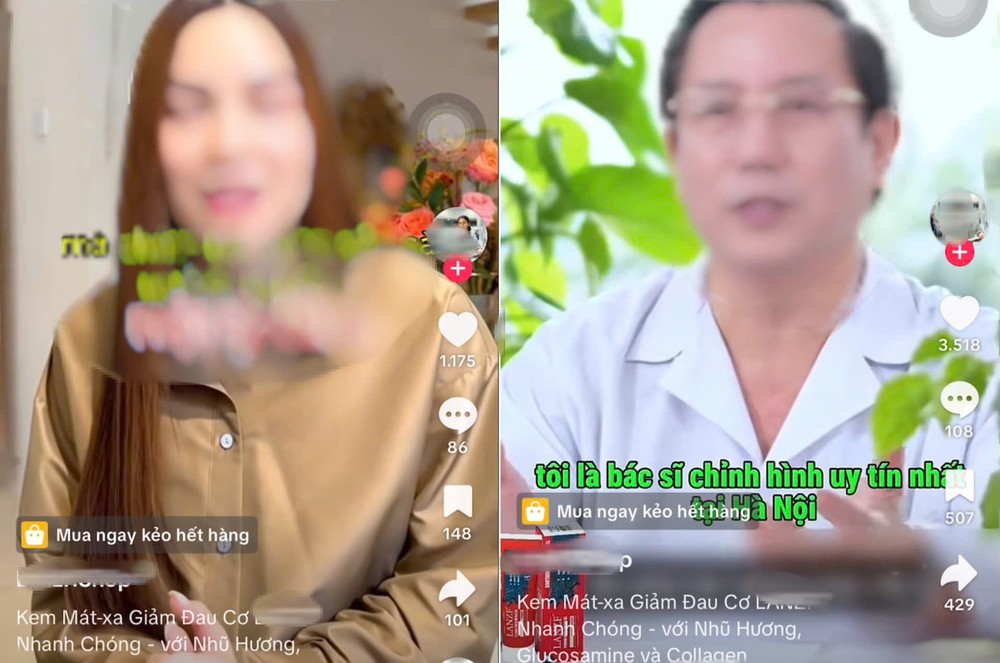
The promotional video was posted by a TikTok account named LShop, using deepfake technology to replicate the singer’s image, voice, and gestures with uncanny realism. Without close scrutiny, viewers would likely believe it was genuine. The account boasts nearly 9,000 followers and 67,000 likes, with thousands of views on each video. The fake endorsement video alone racked up over 1,000 likes and nearly 100 purchase inquiries.
The same cream was also promoted in another deepfake video, this time featuring a fabricated orthopedic doctor who claimed to be Hanoi’s top specialist and guaranteed that even the most severe meniscus tears could be completely healed within three days. He also asserted that the gel had been certified by Vietnam’s most prestigious orthopedic association. AI-generated versions of this message were delivered by multiple “doctors,” further misleading viewers.
That clip drew nearly 4,000 likes and over 120 comments. When we messaged the seller to place an order, there was no response, nor was there any interaction in the comment section—just a link to buy the product. Notably, the item in question was of unclear origin and believed to be manufactured in China, with vague and incomplete product information.
The misuse of AI even extends into spiritual domains. A TikTok account named Phat Phap NM not only reposted sermons by a monk named T.P.H. but also used AI to fabricate videos of him promoting items like Bodhi leaves and agarwood bracelets.
When potential buyers left comments, the account replied with cryptic, pseudo-religious sales pitches: “If life is not going as you wish, please visit the display section and choose what you need. Don’t let a small price keep you from something greater.” The monk later publicly denied any involvement with such products or advertisements.
Thin line between innovation and rights violations
Cybersecurity expert Ngo Minh Hieu (known as Hieu PC) from the National Cybersecurity Monitoring Center (NCSC) explained that these fake ads are primarily created using deepfake software—widely accessible, inexpensive, and user-friendly. While these tools can be used positively for digital content creation and media production, Hieu warns that some individuals are exploiting them for malicious purposes, including fraud, identity theft, misinformation, and defamation.
Hieu outlined telltale signs of deepfake content, such as stiff facial expressions or lip movements that don’t sync perfectly with the audio. He also issued a grave warning that in more serious cases, AI has been used to superimpose victims’ faces onto explicit videos for the purpose of blackmail and coercion.
Lawyer Tran Duc Phuong from the Ho Chi Minh City Bar Association emphasized that using AI to generate images of celebrities or identifiable individuals without their consent constitutes a violation of personal image rights, as outlined in Article 32 of Vietnam’s 2015 Civil Code. The law stipulates: “An individual has the right to their image. The use of a person’s image requires their consent. Commercial use of the image must be compensated unless otherwise agreed.”
Therefore, if a social media account uses AI-generated images based on real photos or archived footage to advertise or sell products without authorization, it is considered a legal infringement. The affected individual has the right to request that a court compel the violator and any related parties to cease use, destroy the material, provide compensation, and face other legal consequences as prescribed by law.
